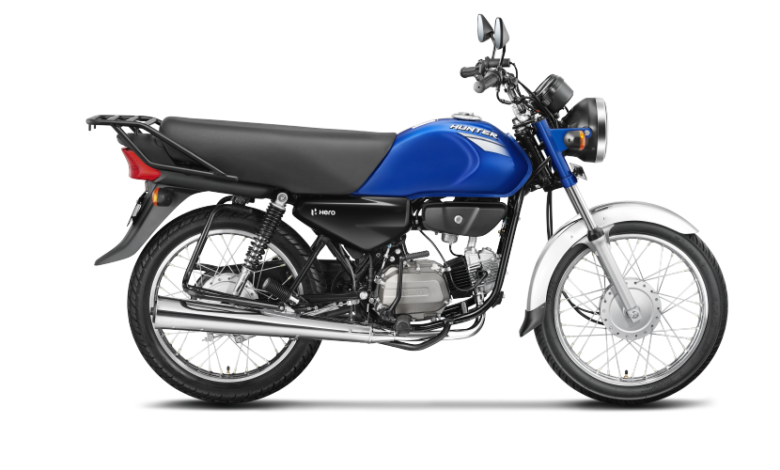What is the Ideal Servicing Schedule You Should Follow for Your Bike?

Ever wonder how often you should take your bike in for a service? Just like you wouldn’t want to run all day without a good meal, your two-wheeler buddy needs regular check-ups to stay happy and healthy. Regular servicing is like giving your motorcycle a superhero suit of protection, keeping it running smoothly and avoiding unexpected breakdowns.
For many in Nigeria, bikes are more than just a ride, they’re a means to work! Whether you’re a daily commuter or a proud member of a boda boda service, keeping your motorcycle in top shape is essential. Imagine this: you’re about to pick up a passenger and head across town, but your engine coughs and stalls. Not ideal! Regular servicing is your secret weapon against breakdowns, ensuring a smooth, safe ride for you and your passengers.
This blog explores the world of motorcycle servicing schedules, tailored specifically for Nigerian riders. We’ll discuss the different types of services, how often they’re recommended, and what you can expect at the mechanic’s shop.
Different Types of Servicing
There are two main types of motorcycle servicing:
- Basic Service: This is like a routine check-up for your bike. It typically involves an oil change, filter replacements, chain lubrication, tyre pressure check, and a general inspection of all components. Basic services are recommended every 3,000 – 5,000 kilometres or more frequently for high-mileage riders or those who use their bikes for tough commutes.
- Full Service: This is a more comprehensive service that goes beyond the basics. A full service might include everything in a basic service, plus spark plug replacement, valve adjustments, brake pad inspection, and a more detailed inspection of the entire motorcycle. Full services are typically recommended every 10,000 – 12,000 kilometres or annually.
In countries like Nigeria, where the Hero Hunter 100 remains a top choice for boda boda services, here are some additional tips to consider.
Since boda boda services cause considerable wear and tear on motorcycles, consider getting a basic service every 2,000 kilometres or even more frequently, depending on your usage.
To make things simpler, let’s state an example of the Hero bike service schedule for the Hunter 100 in Nigeria.
Type of Free Service:
1st:
- Validity in Kms from the date of purchase: 500-750
- Validity in Days from the date of previous service: 60
2nd:
- Validity in Kms from the date of purchase: 3000-3500
- Validity in Days from the date of previous service: 100
3rd:
- Validity in Kms from the date of purchase: 6000-6500
- Validity in Days from the date of previous service: 100
4th:
- Validity in Kms from the date of purchase: 9000-9500
- Validity in Days from the date of previous service: 100
5th:
- Validity in Kms from the date of purchase: 12000-12500
- Validity in Days from the date of previous service: 100
6th:
- Validity in Kms from the date of purchase: 15000-15500
- Validity in Days from the date of previous service: 100
Paid Service:
For the Hero bike service schedule, each paid service needs to be availed after every 3000 kms or 100 days from the previous service, whichever is earlier.
Final Note
Adhering to a regular servicing schedule is crucial for keeping your motorcycle in top condition, especially for riders in Nigeria, where bikes are essential for daily commuting and boda boda services. By following the recommended intervals for basic and full services, you ensure your bike remains reliable and efficient, reducing the risk of unexpected breakdowns. For high-usage bikes like the Hero Hunter 100, more frequent servicing is advisable to combat the wear and tear from constant use. Remember, a well-maintained bike not only guarantees a smoother ride but also ensures safety for you and your passengers. Regular servicing is your best strategy for prolonging the life of your motorcycle and enjoying trouble-free journeys.



